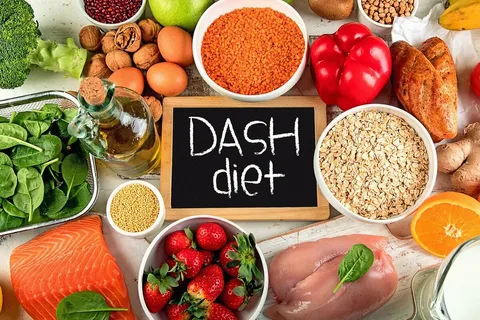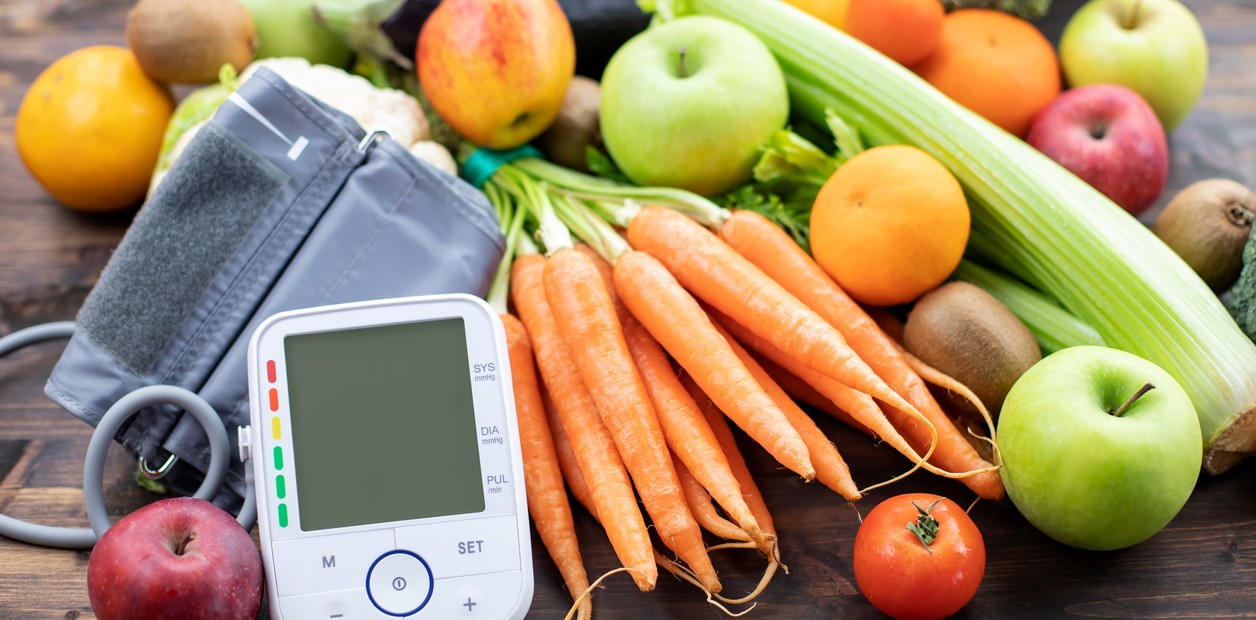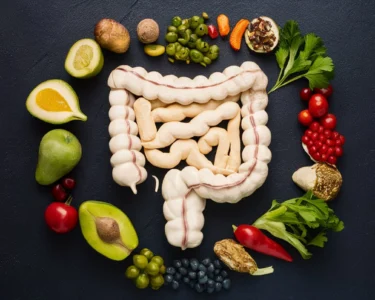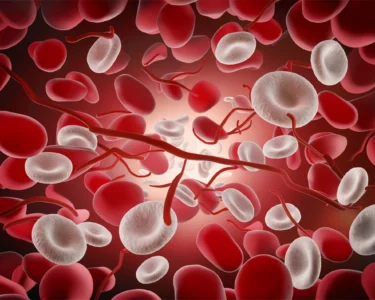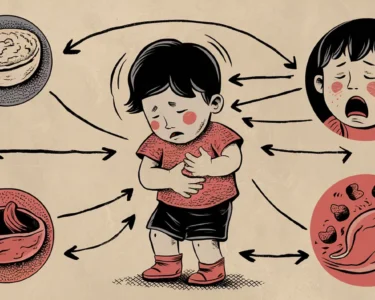High blood pressure, or hypertension, is a silent killer that can cause heart attacks, strokes, kidney diseases, and other health problems. While medications are effective in managing this condition, dietary interventions also play a significant role.
One such intervention is the DASH diet, which focuses on reducing sodium intake while increasing minerals like potassium and magnesium. This diet has been shown to be effective in lowering blood pressure in patients.
Introduction to the Dietary Approaches to Stop Hypertension
Hypertension is a common condition that affects about one in three adults. It can lead to serious health problems including heart disease, stroke, kidney disease and more.
The DASH diet, or Dietary Approaches to Stop Hypertension, is a nutritious eating plan that has been shown to lower blood pressure. It is rich in fruits and vegetables, low-fat dairy and nonfat meats, whole grains, nuts and fish while limiting red meats, salt, sugary beverages and trans fats.
Studies indicate that the DASH diet significantly reduces systolic and diastolic blood pressure. It also reduces triglycerides and LDL-C levels while increasing HDL-C.
The DASH diet is an effective and natural way to manage high blood pressure. In fact, the DASH diet was ranked #1 in 2021 for Best Diets for Healthy Eating and was named the Best Heart-Healthy Diet by U.S News & World Report. It’s important to talk to your doctor before beginning the DASH diet to make sure it’s right for you. They can help you create a meal plan that meets your specific needs.
Understanding the Principles of the DASH Diet
The DASH diet is designed to treat high blood pressure and is rich in nutrients that can help lower it, including potassium, calcium, magnesium and protein. The DASH diet also limits sodium and saturated fat.
The meal plan includes whole grains, fruits and vegetables, beans, nuts and seeds and low-fat dairy products. The menu also includes lean meats and poultry and fish. The meal plan is low in sugar, fat and calories and can be easily adapted for a vegetarian, vegan, gluten-free or kosher diet.
To meet DASH diet goals, patients should eat a variety of foods from each food group throughout the day and limit sodium and saturated fat. They should also choose low-calorie drinks, such as water and seltzer, over sugar-sweetened beverages.
To further reduce sodium intake, they should read nutrition labels and use low-sodium or no-salt added versions of salty foods such as canned soups, sauces, gravies and salad dressings. They should also look for lower-sodium frozen meals and grilled or broiled chicken and fish over fried options.
Recommended Servings of Food Groups
Short for Dietary Approaches to Stop Hypertension, the DASH diet combines lean protein sources, whole grains, low-fat or fat-free dairy and fruits and vegetables. It’s flexible, tasty and easy to follow. It also promotes heart health and reduces risk factors for cardiovascular disease, such as high blood pressure (hypertension) and high cholesterol levels.
The DASH diet recommends four to five servings of fruits and vegetables each day, which can be obtained from fresh, frozen or canned sources. Veggies are also great sources of potassium, another nutrient that helps lower blood pressure.
DASH also emphasizes liquid oils, such as canola and olive, rather than solid fats, like butter and shortenings. It also advises limiting intake of saturated fats and trans fats, which can raise blood cholesterol.
The DASH diet is easily adaptable to a variety of dietary styles and preferences, including vegetarian, vegan, gluten-free and kosher. Physicians can refer patients to registered dietitians for assistance with meal planning or to a free online resource called Your Guide to Lowering Blood Pressure with DASH.
Sample DASH Diet Meal Plan
The DASH diet emphasizes vegetables, fruits and whole grains and includes fat-free or low-fat dairy products, fish and poultry. It also encourages beans, nuts and seeds while limiting foods high in saturated fat, added sugar and refined oils.
To control blood pressure, the DASH diet recommends four to five servings of vegetables a day, including green leafy vegetables (like kale and spinach), broccoli, squash and carrots. It also encourages a variety of fruits, such as apples, bananas, oranges, pears and strawberries.
The DASH diet also suggests four to five servings of nuts (like almonds and walnuts), seeds (such as sunflower seeds) and legumes (like kidney beans) a week, as these foods are rich in magnesium and fiber. The plan also includes lean protein sources like skinless chicken, turkey, pork tenderloin and lean ground beef.
For the best results, you should avoid consuming more than 2,300 milligrams of sodium daily, which is about a teaspoon or less a day. You should check labels to ensure you’re consuming the correct portions. The sample menu below is based on a 2,000-calorie diet and meets the DASH diet recommendations.
Incorporating DASH-Friendly Snacks
A variety of foods and recipes are possible on the DASH diet. Some menu items can be swapped for similar ones, but it is important to keep in mind the allowed servings of each food group as you plan your meals and snacks. Those with unique dietary needs should consult a registered dietitian to help plan for their specific calorie level and nutritional needs.
For example, if you have been following the DASH diet and are having difficulty making the shift to lower meat consumption, work with a registered dietitian to come up with strategies that will meet your individual calorie needs. If you are unable to reduce your meat intake, choose lean cuts, and add vegetables and fruits to your meals and snacks.
Also be sure to read nutrition labels, and select foods that are low in saturated fat, added sugar, and sodium. Limiting processed foods and eating smaller portions will also help reduce your sodium intake. In addition, be sure to drink enough water for your individualized fluid needs.
Tips for Reducing Sodium Intake
Sodium is one of the main culprits when it comes to high blood pressure. The DASH diet limits salt and other sources of sodium, which has been shown to decrease blood pressure in those with hypertension.
The DASH diet is based on whole foods that are naturally low in sodium, cholesterol and saturated fats, and rich in magnesium, potassium, calcium, and fiber. Some examples of the foods that are included in the DASH diet include fresh or frozen fruits, vegetables, beans and legumes, whole grains, low-fat dairy products, fish, lean meats, poultry and nuts.
It is also important to limit processed foods that are high in sodium, such as packaged dinners, fast food and deli meats. It is best to prepare and eat meals at home, where it is possible to control how much salt is added during cooking. Also, try to avoid consuming too many beverages that contain sodium, as this can contribute to fluid retention and an increase in blood pressure. A moderate amount of coffee is safe, but the DASH diet recommends choosing decaffeinated and/or low-sodium versions of this beverage as well.
Monitoring Blood Pressure and Progress
If you are aiming for the DASH diet, your health care provider will recommend that you have regular blood pressure checks. This will help you determine if the changes you are making are working. You can use the results from these tests to set short-term goals that will help you achieve long-term success with the DASH diet.
The DASH diet focuses on eating heart-healthy foods such as fruits, vegetables, whole grains, low-fat dairy and lean meats, fish or beans. It limits fatty meats, processed foods, salty foods, soda and high-sugar drinks.
The DASH diet also encourages you to eat more potassium, magnesium and calcium, while reducing sodium intake. You can do this by adding more vegetables to your meals, choosing whole grains and using lower-sodium condiments. Make sure you drink plenty of water and other healthy beverages, such as unsweetened coffee or tea. A glass of skim milk is a good choice, as it is low in fat and contains many nutrients that can help control your blood pressure. However, you should talk to your doctor before increasing your potassium intake.
Conclusion
The DASH diet is a heart-healthy eating plan that emphasizes whole foods, fruits, vegetables, low-fat dairy and lean meats. The diet is rich in potassium, calcium and magnesium and low in sodium. The DASH diet also reduces saturated fat, trans fat and cholesterol intake. This eating pattern has been shown to lower blood pressure and cardiovascular disease risk.
To follow the DASH diet, read labels and choose foods that are low in sodium. Avoid processed foods, frozen meals, convenience foods and condiments, as they are often high in sodium. Choose fresh poultry, fish, lean meats, beans, eggs, nuts and whole grains. When choosing canned products, select those that are labeled as low sodium.
Having high blood pressure can increase your risk for heart attack, stroke, kidney disease, blindness and diabetes. The good news is that you can lower your blood pressure by making simple changes to your diet. By following a healthy, balanced diet of whole, heart-healthy foods, you can prevent high blood pressure and protect against other health conditions like gout.


